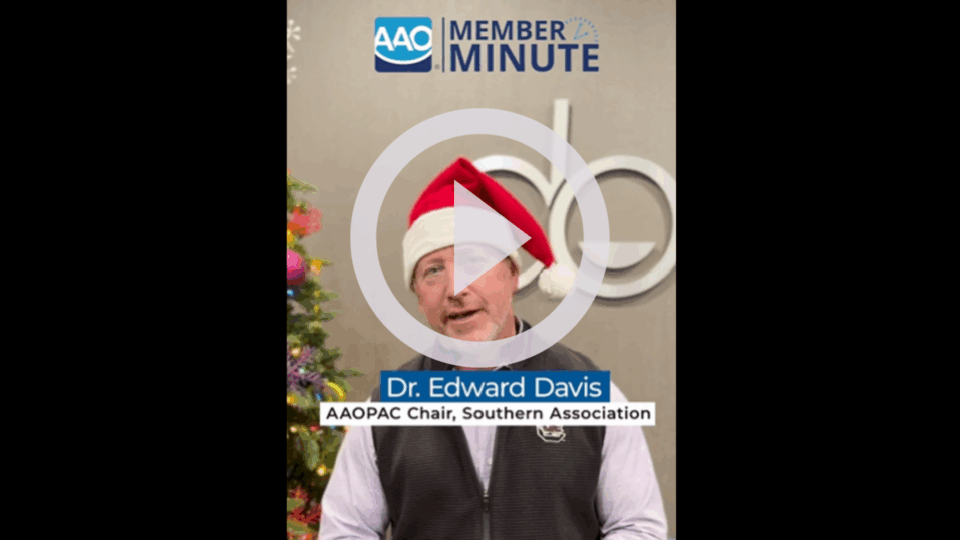The American Association of Orthodontics Shines a Light on Health and Financial Risks of Mail-Order Orthodontics Honoring Patient Health and Safety for World Orthodontic Health Day
Mail-order orthodontic treatment that is promoted as “easy” and “affordable” is leading to many patients seeking help in-office by trained specialists for retreatment after attempting to move teeth and bone using clear aligners at home, according to findings released by the American Association of Orthodontists (AAO). In a survey of its member orthodontists, the majority of respondents said they have seen patients come into their offices for retreatment after mail-order or “DTC” treatment that did not include an in-person examination prior to starting: a total of 77 percent. Additional findings can be found in the press release here or on OrthoFacts.org.
The AAO released the findings ahead of World Orthodontic Health Day, May 15, to highlight the health and financial risks causing concern among members of the profession. The survey — conducted Nov. 24, 2021, through Jan. 10, 2022 – also showed 61 percent of respondents see new retreatment patients at least quarterly. A total of 260 AAO members responded with a margin of error of +/- 6 points.
“It sounds almost too good to be true: the convenience of orthodontic treatment without ever having to leave your home or see an orthodontist or dentist in person,” said Dr. Ken Dillehay, DDS, MS, President of the AAO. “Far too many patients are finding out what the scientific evidence makes clear: that undergoing orthodontic treatment without first being examined in-person by an orthodontist or dentist can lead to irreversible harm.”
Many mail-order orthodontic companies portray treatment (especially straightening only the front teeth) as only “cosmetic.” But the research clearly shows that moving teeth is a medical procedure that involves complex biological processes and should be monitored in-person by a trained dental professional. Yet with some companies offering orthodontic treatment through clear aligners mailed directly to the patient, the patient is never examined in-person by the supervising dentist or orthodontist.
Health equity and access to care remain a priority for the AAO, which advocates for making orthodontic treatment accessible-including use of teledentistry when combined with necessary in-person treatment – while maintaining the highest standard of care to protect patients. The AAO advocates for policies that break through geographic, financial and convenience barriers while maintaining the standard of care.
TAKE ACTION NOW: Please take a moment to let your lawmakers know about the AAO’s survey findings and the financial and health risks of mail-order orthodontics.



